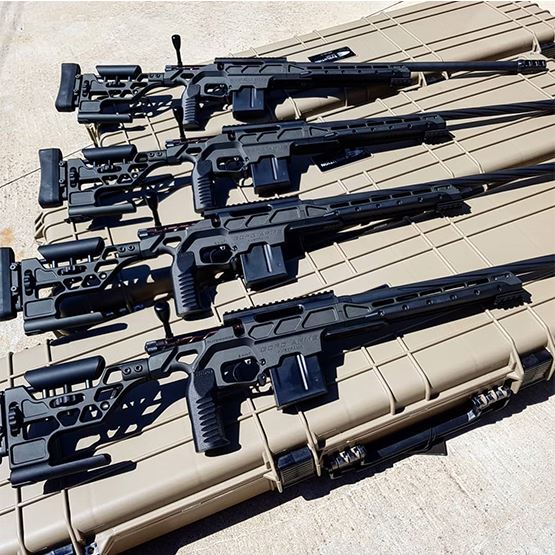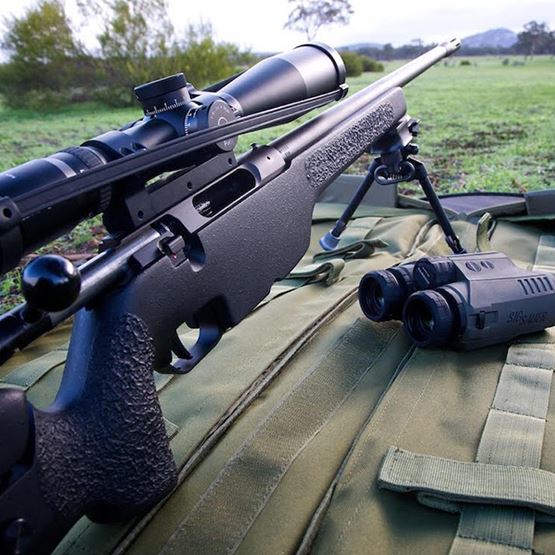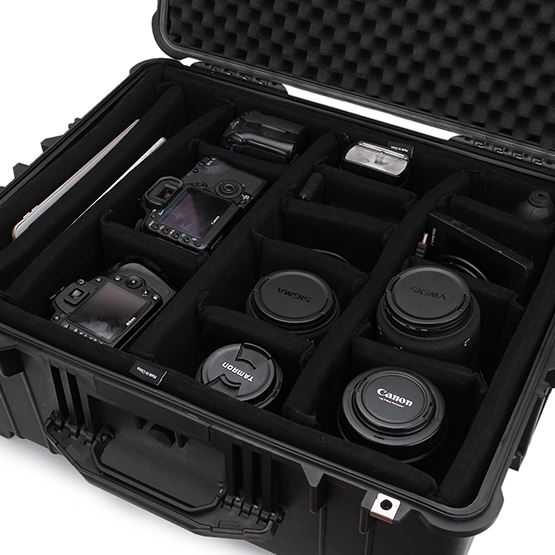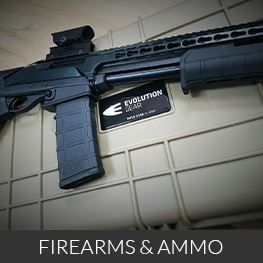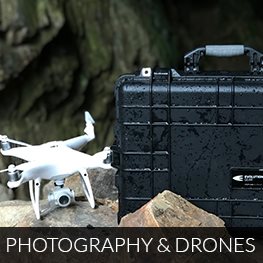How to Choose the Right Hard Rifle Case: Complete Guide 2025
Author: Evolution Gear Date Posted: 10 March 2025

Whether you are heading to the range, travelling interstate or storing your rifle at home, the right hard case protects your firearm from impact, weather and unauthorised access. This guide explains size and fit, materials, and security features so you can choose confidently.
1. Size and fit: matching the case to your firearm
Measure overall length including mounted accessories, then check the case’s internal dimensions. Allow a little clearance for padding on all sides. Slim-profile cases suit bare rifles; deeper cases suit rifles with optics or extended magazines. If you carry extra gear, consider models with accessory compartments.
- Length: confirm with scope, bipod and muzzle devices attached.
- Profile: slim for minimal setups, deep for scoped rifles.
- Compartments: space for magazines, cleaning kit and tools.
- Custom foam: pick-and-pluck or pre-cut inserts for a snug, secure fit.
Explore durable options in our Hard Cases.
2. Material comparison: polymer vs aluminium vs composite
Polymer hard cases
- Lightweight yet impact resistant
- Weather resistant and generally more affordable
- Good all-round choice for range trips, hunting and general transport
Aluminium hard cases
- Excellent structural rigidity and puncture resistance
- Premium appearance, but heavier and can dent
- Suited to frequent travel where maximum rigidity is desired
Composite hard cases
- Multi-layer designs combine strength with flex for shock absorption
- Often waterproof, dustproof and temperature stable
- Favoured for demanding conditions and professional use
Still unsure? Talk to our team for a recommendation.
3. Security features and travel compliance
- Locking: use robust, padlock-compatible latches. In many jurisdictions, firearm cases must be locked so only the passenger retains the key or combination. Avoid TSA-accessible locks when rules require owner-only access. Always check your airline’s policy.
- Hinges and latches: recessed hardware and tamper-resistant hinges improve security and longevity.
- Sealing: gasketed lids and O-ring seals help keep out water, dust and humidity.
- Pressure valve: equalises pressure during flights for easier opening and reliable sealing.
- Compliance: confirm national and airline transport requirements before you fly.
Travelling soon? See our airline-ready hard cases.
4. Additional buying tips
- Weight and mobility: consider wheels or a carry system if you travel often.
- Weatherproofing: look for waterproof ratings and corrosion-resistant hardware if you operate in wet or dusty environments.
- Warranty: choose reputable brands that back their cases with strong support.
Bottom line: prioritise a precise fit, the right material for your use case and compliant locking. The result is reliable protection at home, on the road and in the air.
Frequently asked questions
What’s better: a soft case or a hard case for a rifle?
Hard cases provide superior impact and tamper protection for transport and storage. Soft cases are lighter for short walks to the range or into the field.
Are all hard rifle cases waterproof?
No. Only models with proper gaskets and sealed construction are truly waterproof. Check specifications for seals and ratings.
Can I take my rifle in a hard case on a plane?
Yes, subject to airline and national regulations. The case must be lockable and checked in. Arrive early and follow your airline’s declaration process.
Should I use TSA locks on a firearm case?
In many places, only the passenger may retain the key or combination. Use owner-only locks unless your local regulations specify otherwise, and confirm with your airline before you fly.

 1300 11 00 96
1300 11 00 96

